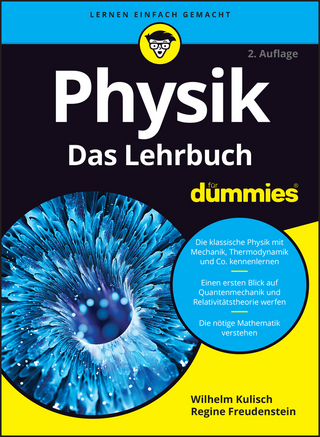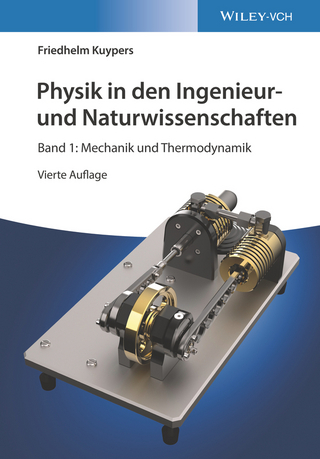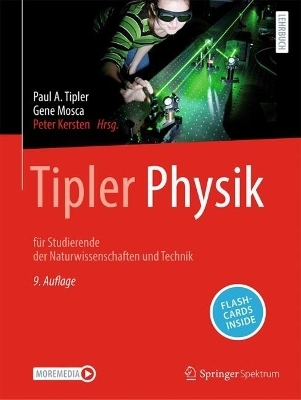
Nuclear Magnetic Resonance Studies in Lyotropic Liquid Crystals
Nuclear Magnetic Resonance Studies in Lyotropic Liquid Crystals
Seiten
2012
|
1. Softcover reprint of the original 1st ed. 1975
Springer Berlin (Verlag)
978-3-642-45475-2 (ISBN)
Springer Berlin (Verlag)
978-3-642-45475-2 (ISBN)
1. Lyotropic Liquid Crystals The class of compounds known as thermotropic liquid crystals has been widely utilized in basic research and industry during recent years. The properties of these materials are such that on heating from the solid to the isotropic liquid state, phase transitions occur with the formation of one or more intermediate anisotropic liquids. The unique and sometimes startling properties of these liquid crystals are the properties of pure compounds. However, there exists a second class of substances known as lyotropic liquid crystals which obtain their anisotropic properties from the mixing of two or more components. One of the components is amphiphilic, containing a polar head group (generally ionic or zwitterionic) attached to one or more long-chain hydrocarbons; the second component is usually water. Lyotropic liquid crystals occur abundantly in nature, particularly in all living systems. As a consequence, a bright future seems assured for studies on such systems. Even now, many of the properties of these systems are poorly understood. It is the purpose of this review to consolidate the results obtained from nuclear magnetic resonance studies of such systems and to provide a coherent picture of the field. Probably the most familiar example of a lyotropic liquid crystal is soap in water. A common soap is sodium dodecylsulphate where an ionic group (sulphate) is attached to a hydrocarbon chain containing twelve carbons.
I. Introduction.- 1. Lyotropic Liquid Crystals.- 2. Basic Principles.- 3. Experimental.- II. Studies of Lyotropic Liquid Crystals.- 4. Introduction.- 5. Applications.- Appendix to Part II: Systems Reported.- III. Studies of Molecular and Ionic Species Dissolved in the Nematic Phase of Lyotropic Liquid Crystals.- 6. Introduction.- 7. Applications.- 8. Order in Nematic Lyotropic Phases.- Appendix to Part III. Compounds Studied and Information Derived.- Acknowledgements.- References.
| Erscheint lt. Verlag | 3.3.2012 |
|---|---|
| Reihe/Serie | NMR Basic Principles and Progress |
| Zusatzinfo | II, 88 p. |
| Verlagsort | Berlin |
| Sprache | englisch |
| Maße | 170 x 244 mm |
| Gewicht | 175 g |
| Themenwelt | Naturwissenschaften ► Physik / Astronomie ► Allgemeines / Lexika |
| Naturwissenschaften ► Physik / Astronomie ► Atom- / Kern- / Molekularphysik | |
| Naturwissenschaften ► Physik / Astronomie ► Elektrodynamik | |
| Technik ► Elektrotechnik / Energietechnik | |
| Schlagworte | Crystal • Diffusion • Dynamics • Hydrocarbons • liquid crystal • Living systems • Magnetic Resonance • Molecule • Nuclear Magnetic Resonance • Nuclear Magnetic Resonance (NMR) • Phase • phase transition • sodium • Spin • Water |
| ISBN-10 | 3-642-45475-5 / 3642454755 |
| ISBN-13 | 978-3-642-45475-2 / 9783642454752 |
| Zustand | Neuware |
| Haben Sie eine Frage zum Produkt? |
Mehr entdecken
aus dem Bereich
aus dem Bereich
Band 1: Mechanik und Thermodynamik
Buch | Softcover (2022)
Wiley-VCH (Verlag)
39,90 €
für Studierende der Naturwissenschaften und Technik
Buch | Hardcover (2024)
Springer Spektrum (Verlag)
79,99 €


